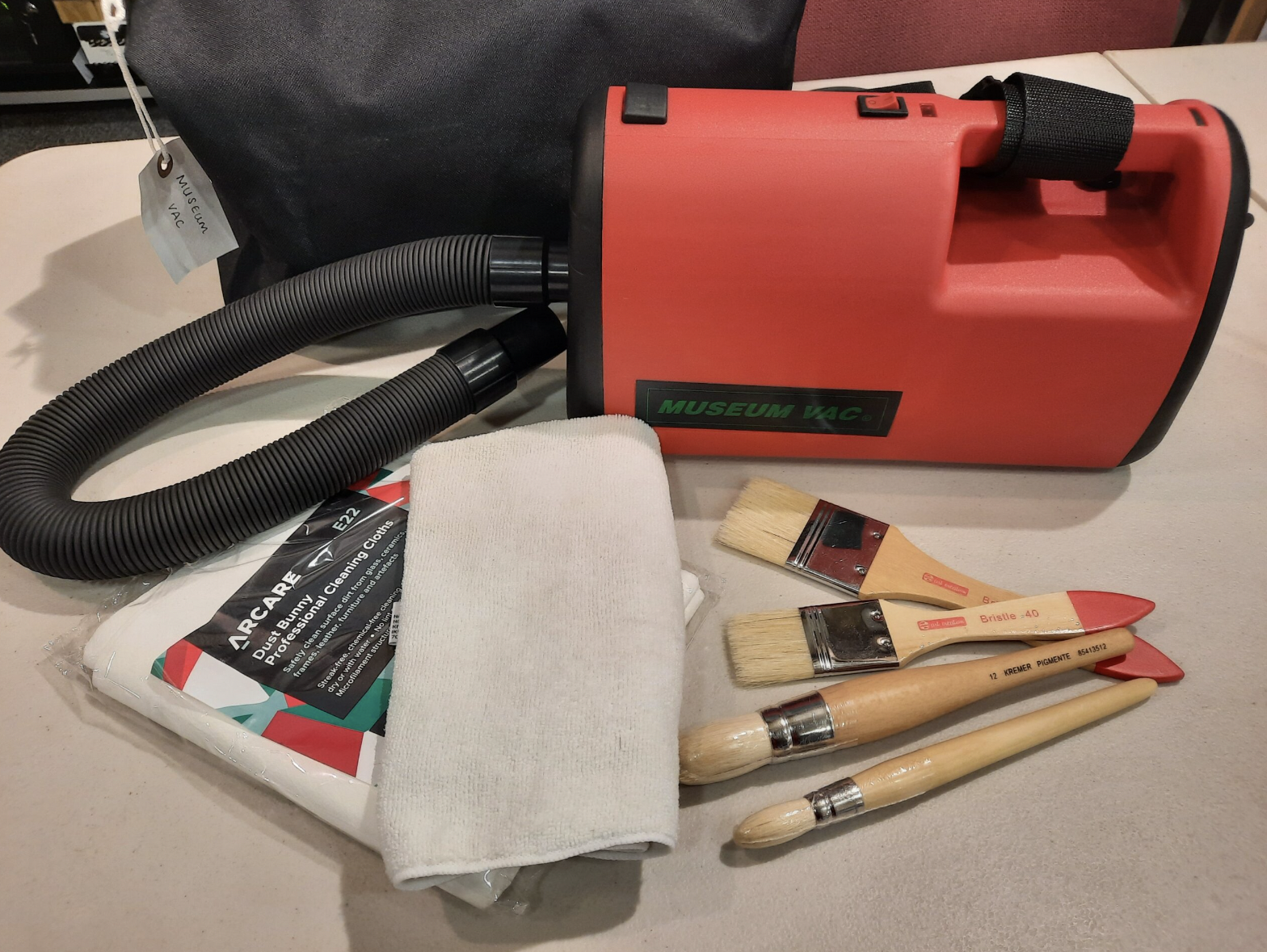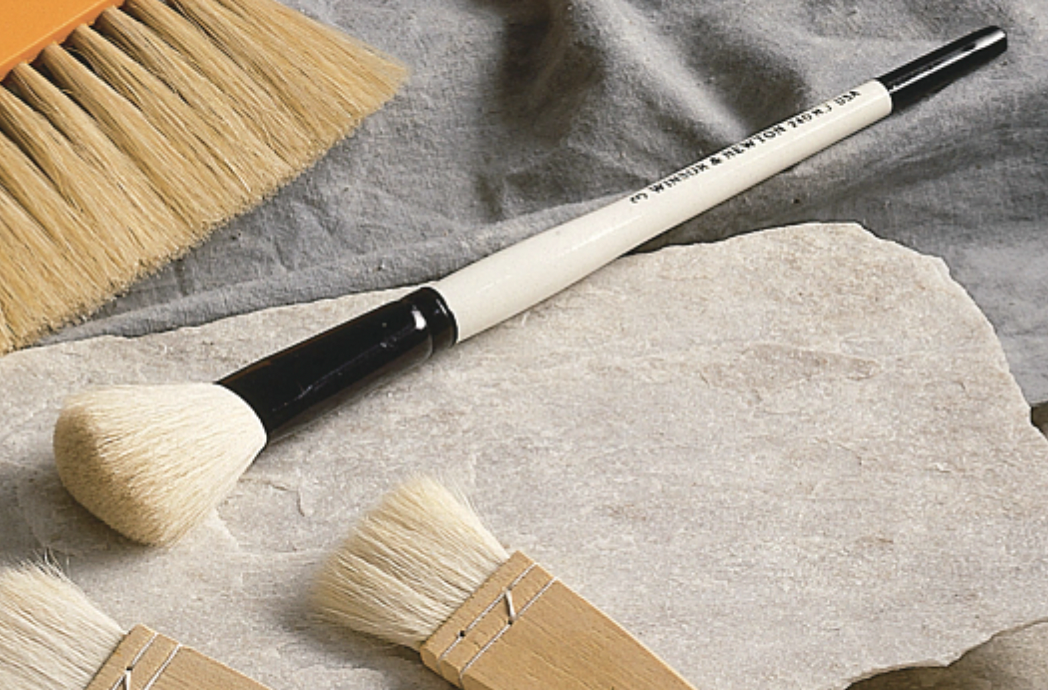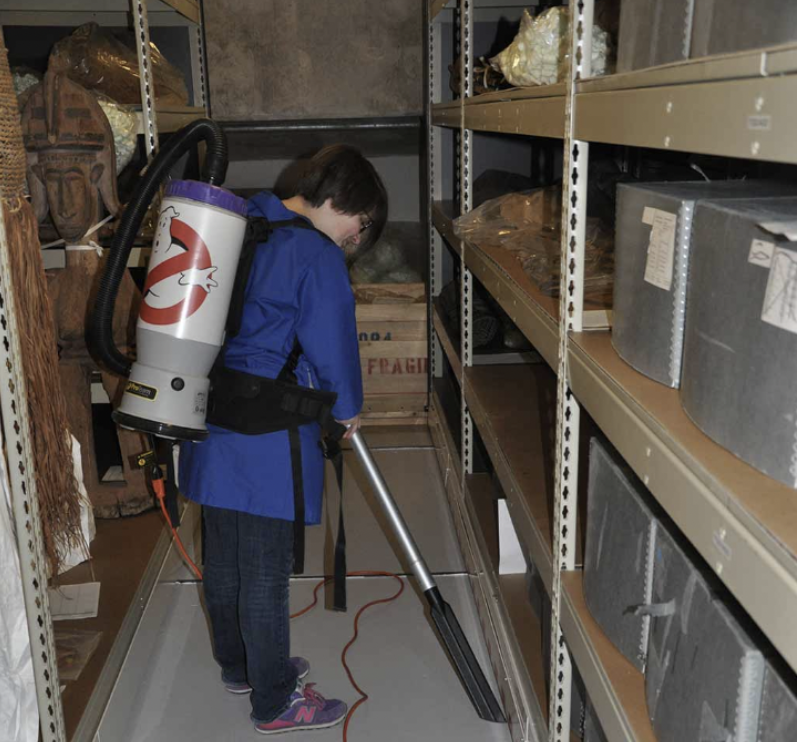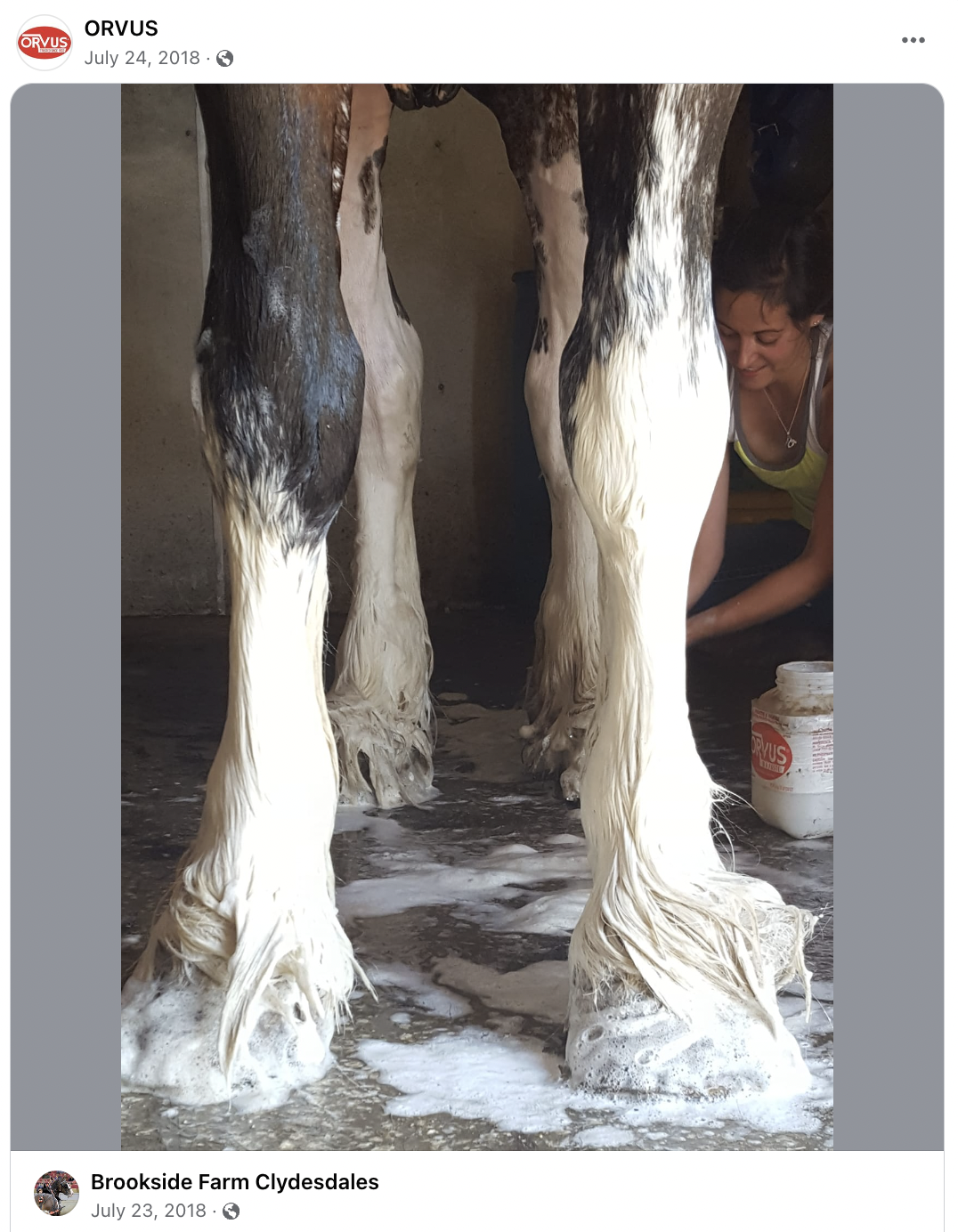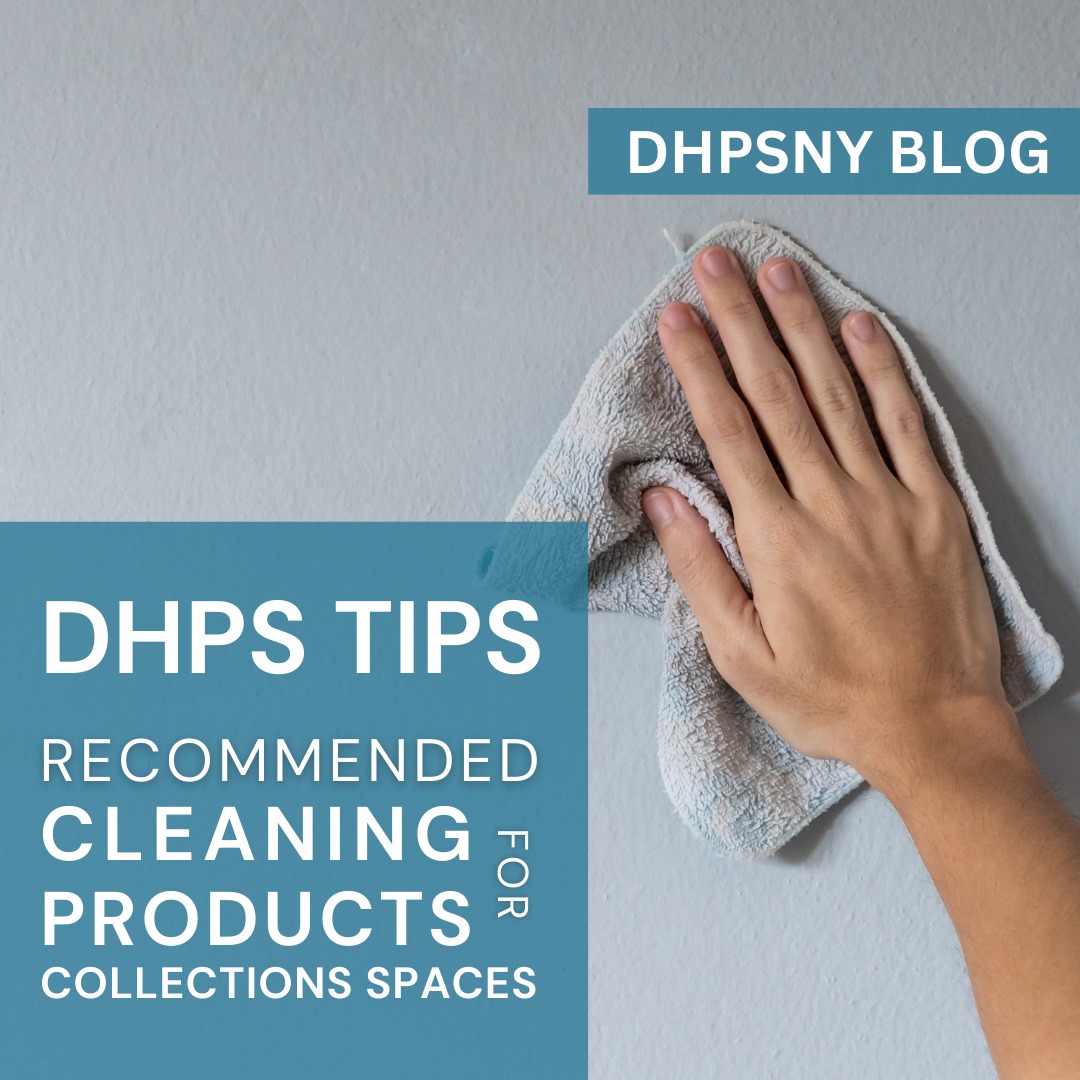
A regular housekeeping program is essential to the preservation of the collections. Maintaining clean conditions is important for long-term collections care and for good emergency preparedness. Dust, dirt, and debris cannot only accumulate and cause damage to collection items but can also potentially complicate collections salvage operations. When materials are handled, dust and dirt will stain and abrade papers and books. If there is a disaster, such as a water leak, the recovery will be complicated by the presence of dust and dirt.
As with housing materials, it’s important to select appropriate cleaning tools and products. Some of the cleaners and techniques we use at home are not applicable to a collections setting. And even within these spaces, it’s important to distinguish between storage or exhibition fixtures and furnishings and actual collection items. Collection items need to be cleaned with particular care and attention to the nature of the object.
Photo: Aston Martin Heritage Trust, https://amht.org.uk/keeping-it-clean/
Routine cleaning tasks can be carried out by collections staff, but any major cleaning should be undertaken by a conservator. Before dusting or cleaning an artifact, inspect it carefully to see how sturdy it is. If it is not sturdy or is in bad shape, do not attempt to clean it!
Whether you are establishing a housekeeping program for your institution or updating a current one, it is well worth the time to do some research about best practices. The Conservation Center for Art and Historic Artifacts’ Collections Housekeeping Guide and the DHPSNY webinar Good Housekeeping can provide guidelines for housekeeping in collection areas, including storage and exhibition spaces.
Chapter 13, Museum Housekeeping in the National Park Service’s Museum Handbook, contains particularly useful information about creating a housekeeping plan. The Fairfax County (VA) Park Authority Resource Management Division’s Housekeeping Manual is excellent for information about housekeeping of historic interiors, historic objects, collections storage, and exhibit furniture. The Cornell University Library offers good tips on cleaning books.
Finally, for a comprehensive overview of housekeeping and object cleaning, check out the free online course from the Foundation for the American Institute for Conservation, Cleaning the Museum Without Damage. There is an entire webinar on dealing with mold in collections; important to review even if you currently don’t have mold issues. A caveat: when concerned about possible mold, either active or inactive, it’s best to first consult a conservator for advice on a course of action.
Tools for Cleaning
Brushes—Soft, natural hair artist or conservation brushes are excellent for dusting small areas or around objects. Ensure brushes used for dusting are only used for this purpose. Clean brushes by washing them in a solution of Orvus (see below) and water, rinsing well, and drying completely before using them – Soft, natural hair artist or conservation brushes are excellent for dusting small areas or around objects. Ensure brushes used for dusting are only used for this purpose. Clean brushes by washing them in a solution of Orvus (see below) and water, rinsing well, and drying completely before using them again. Purchase brushes at preservation supply companies or art supply stores.
Dusting brushes, Gaylord.com
Dust cloths – Magnetic dusting cloths—for example, Dust Bunny brand—are chemical-free and use electrostatic charge to attract dust. 100% cotton, chemical-free cloths such as cotton diapers or microfiber cleaning cloths may also be used. Do not use feather dusters or cloths impregnated with chemicals or cleansers, as these can potentially leave a damaging residue behind. Wash soiled cloths in a washing machine; dry on low temperature; use any mild detergent (“free and clear”, unscented); do not bleach or use fabric softener. Dust Bunny cloths can be purchased at preservation suppliers and other microfiber or cotton cloths are widely available.
Microfiber dust mops – These reusable mop systems often come with a handle and removable microfiber pads that stick on the head. When dry, they can be used to clean floors in lieu of a broom. Dampen them and you can clean without the mess of wet mopping with string or sponge mops. Damp mopping (wringing out the mop pad well before using) reduces the risk of raising the humidity in confined areas. It also helps prevent books on lower shelves from being splashed by water. In general, water is sufficient for damp mopping. If a spill that requires a cleaner happens, use a mild one (like Orvus) to spot clean. Wash the mop cloths as you would dust cloths.
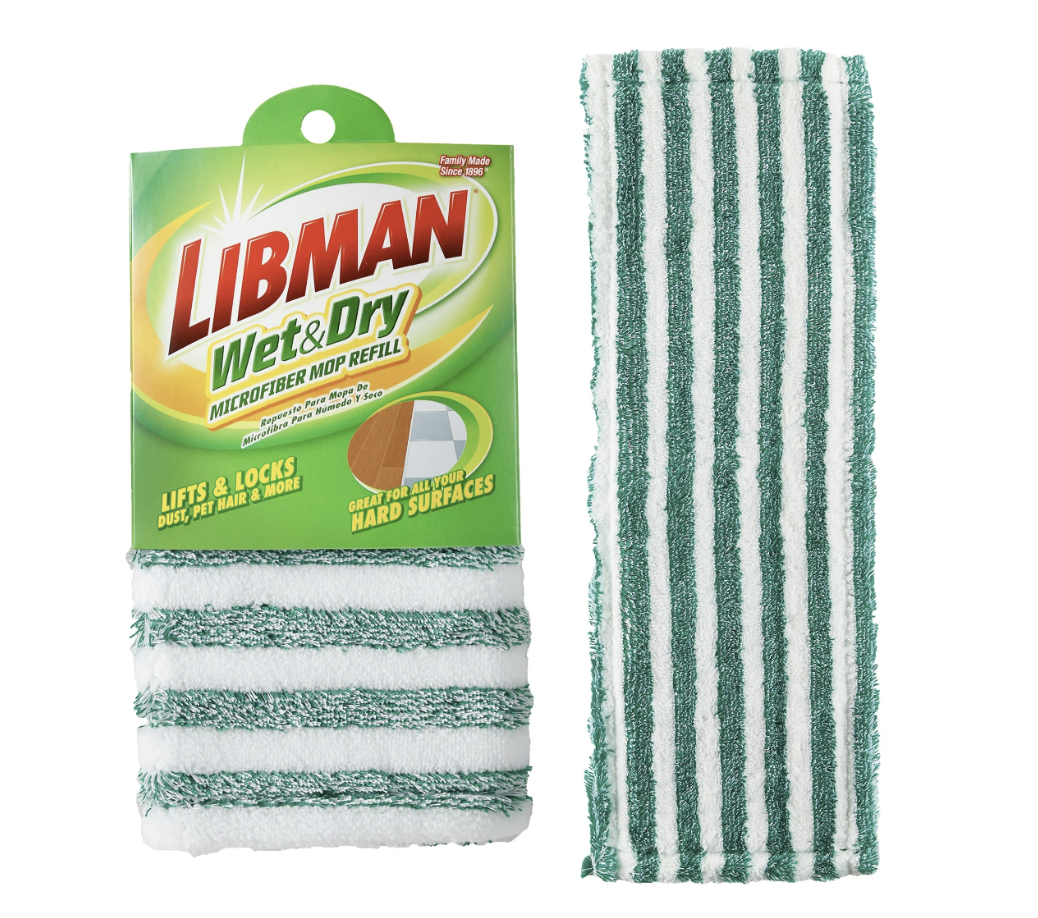
Microfiber mop cloths, walmart.com
Vacuum – Sweeping the floor of a room ends up redistributing much dust, whereas vacuuming removes it. Don’t use the same vacuum for floors as you use for cleaning collections. There are many brands and models available, from hip-vacuum to backpack and floor styles, and the style chosen will vary depending upon your collection needs and budget. In general, the following features are important to look for when choosing a collections care vacuum:
- Variable suction that allows you to clean fragile items more carefully.
- Micro-tool set to vacuum very small areas.
- HEPA (High Efficiency Particulate Air) filter, which will remove 99.97% of particles 0.3 microns in diameter or above.
- Fiberglass screen for vacuuming textiles – place the screen on the textile and vacuum gently over it.
University of Iowa Urbana-Champaign Spurlock Museum of World Cultures
PPE – Don’t forget to protect yourself while cleaning in collections spaces. Nitrile gloves, dust masks, and even aprons are good options. CCAHA’s webinar Glove Actually: Confident Decision Making in Artifact Handling has good information about choosing the right glove for the materials you’re working with.
Products for Cleaning
Orvus – Quite the versatile cleaner, it says on the label, “Ideal for cleaning Horses, Livestock, Pets, Quilts, and Delicate Fabrics.” Orvus is a biodegradable detergent which contains no phosphate or harsh chemicals. You can purchase it through Amazon, conservation suppliers, and pet supply stores. The paste should be dissolved in distilled water for cleaning collections. It is important to note here that wet cleaning of collections is not appropriate in all situations. To start, identify the composition and condition of the material you want to clean.
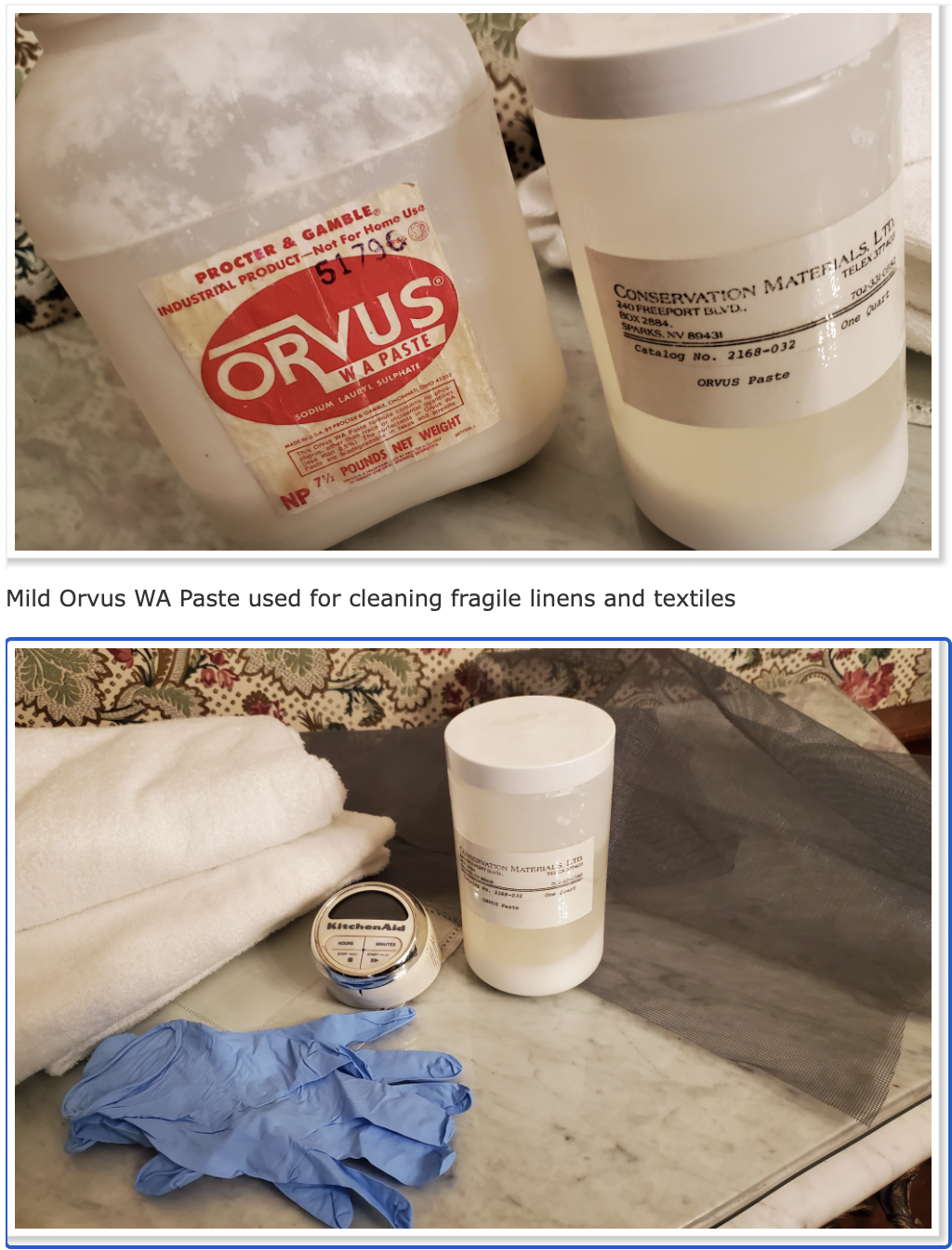
Orvus paste for cleaning collections or horses. Left image and right image.
Glass cleaner – Make your own solution for cleaning both glass and Plexiglas. Combine a mixture of 50%-50% distilled water and 90% isopropyl alcohol. Remember when cleaning exhibition cases, spray the cloth, not the glass!
Distilled water – Distilled water is often preferred for museum cleaning because tap or bottled water (even filtered or purified) can contain minerals that may damage items. Dampening a clean, soft cloth with distilled water can be used to remove dirt from objects.
Products to Avoid
Avoid using household or commercial cleaners, cleaning sprays, or detergents when cleaning collections spaces. They can leave harmful residues, which could cause damage when they come into contact with objects. These can also introduce pollutants into collections spaces. The following are not advised:
- Lemon oil
- Turpentine
- Beeswax
- Endust®, Pledge®, or other dusting products
- Any aerosol products
- Saddle soap
- Household cleaners
- Plexiglas cleaner on other surfaces
- Glass cleaner on Plexiglas
- Bleach
- Abrasive cleaners
- Acid-based cleaners
- Feather dusters
Remember, if you are unsure how to clean a collections space or a particular item in your collection, it’s always a good idea to consult a conservator.
Do you have a preservation topic, question, or creative solution you would like us to cover in this series? Reach us by email at info@DHPSNY.org, or connect with us on the DHPSNY Facebook page or DHPSNY Community Facebook Group.
